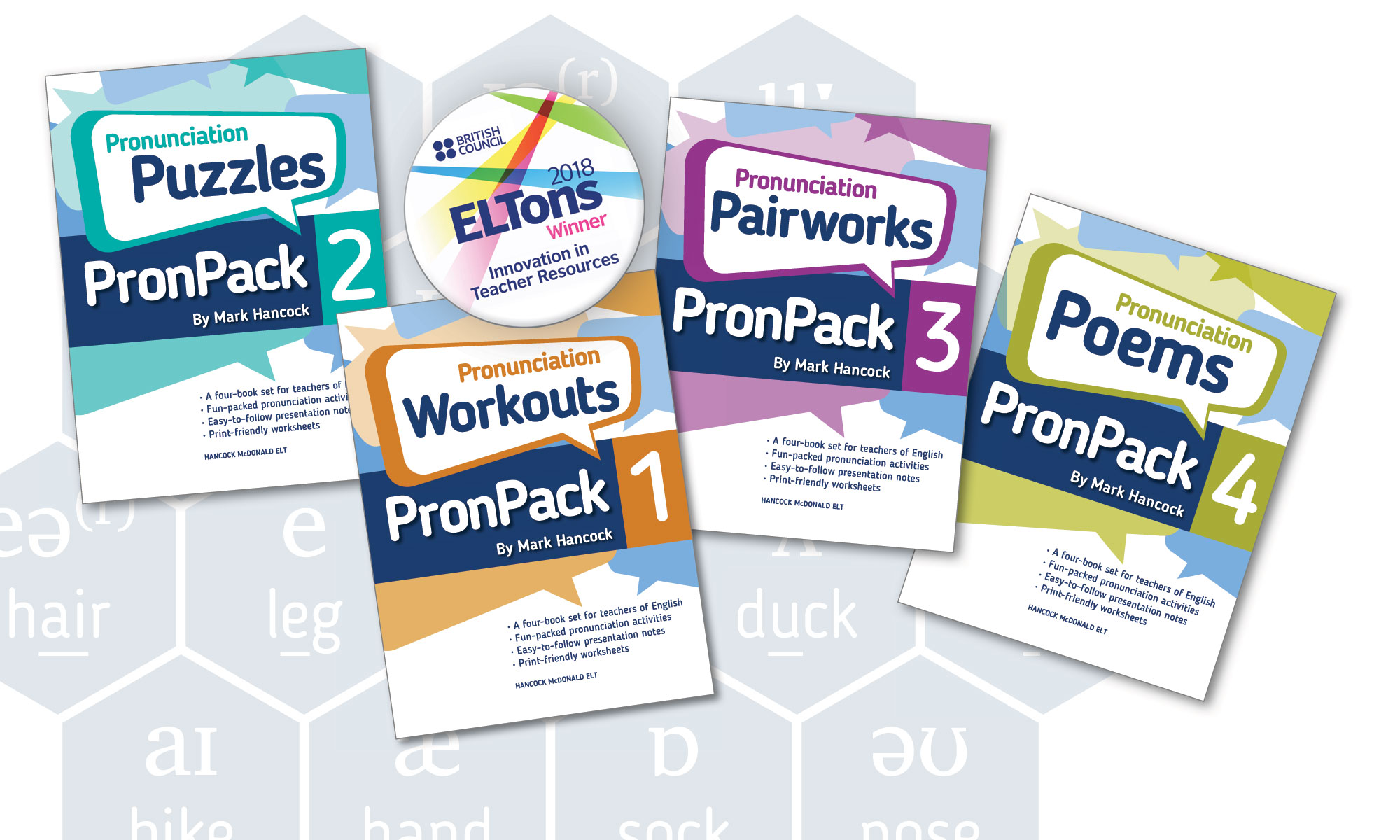
I argue for a more democratic use of the IPA symbols in this article, which first appeared in Modern English Teacher 29.3 (July 2020).
There seems to be a love-hate relationship between the English teaching community and phonemic symbols. Some teachers love them, others won’t use them. A third category uses them under duress, but do not feel comfortable in doing so. This article is for anybody, but especially teachers in this third category.
A teacher’s feelings about the material they’re teaching with are often perceptible to the class. If a teacher uses phonemic symbols with confidence and pleasure, that will communicate itself to the class. If on the other hand a teacher uses them but dislikes doing so, it’s likely that this dislike will be part of what the learners take home from the lesson. I would like, if at all possible, to help teachers feel more at home with the symbols – to feel as if they ‘own’ them.



